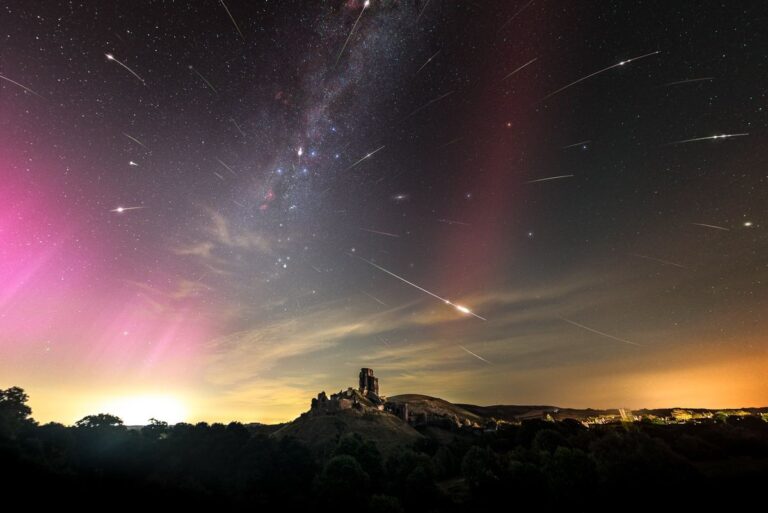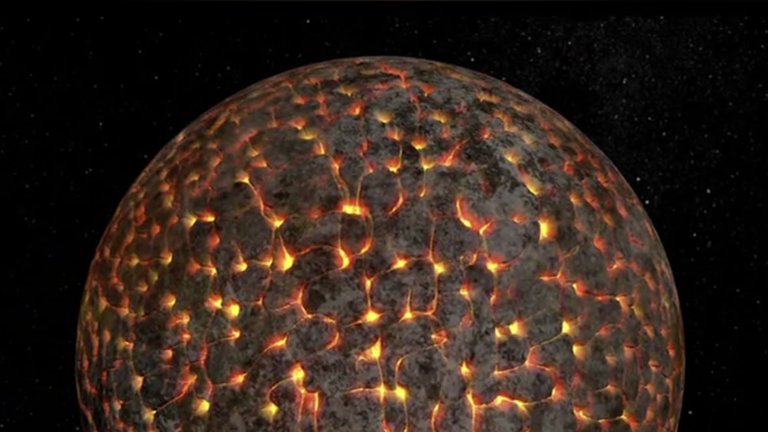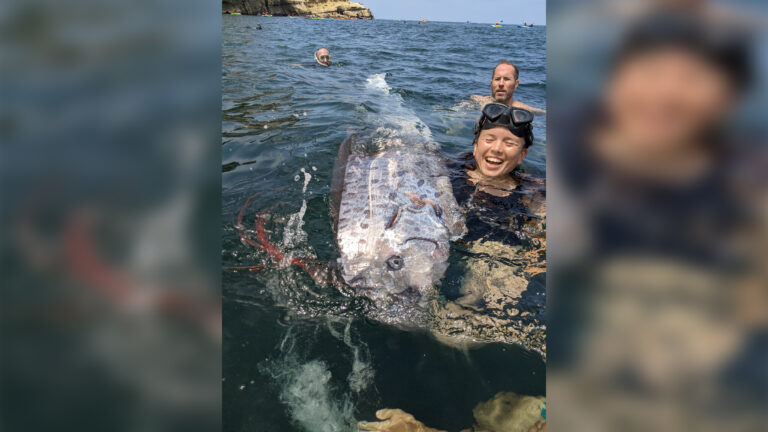National Geographic’s ‘OceanXplorers’ dives into the ocean’s mysteries

National Geographic’s documentary series ‘OceanXplorers,’ produced by James Cameron, invites you aboard one of the most advanced research vessels in the world.
Science and Technolgy blog

National Geographic’s documentary series ‘OceanXplorers,’ produced by James Cameron, invites you aboard one of the most advanced research vessels in the world.

In Racetrack Playa, a dry lakebed in Death Valley National Park, meteorological conditions can push rocks weighing up to 700 pounds along the flat ground.

The small, four-legged figurine is carved out of stone, but it’s unclear which animal it depicts.

An astonishing scene featuring Perseid meteors and colorful auroras played out overnight on Aug. 12 and Aug. 13 above the U.K.’s 11th Century Corfe Castle.

The vaccines target the omicron variants currently circulating in the United States.

A mini model of the human intestines suggests that chlamydia bacteria can colonize the gut, potentially contributing to recurrent infections.

The moon was once engulfed by a massive magma ocean, analysis of geological samples collected by India’s Chandrayaan-3 mission suggests.

Beachgoers found a rare oarfish off California two days before an earthquake, mirroring folklore that says the deep-sea creatures are “doomsday fish.”

Tumor-infiltrating lymphocyte, or TIL, therapy is the first T cell treatment for solid tumors. It fights melanoma and maybe other cancers too.

A new study in mice suggests that the brain creates multiple copies of memories, which enables it to regulate how they change over time.